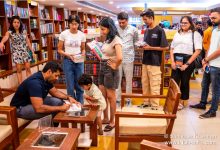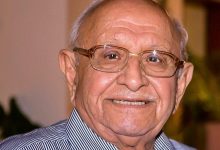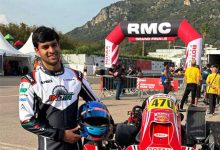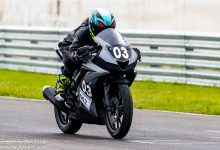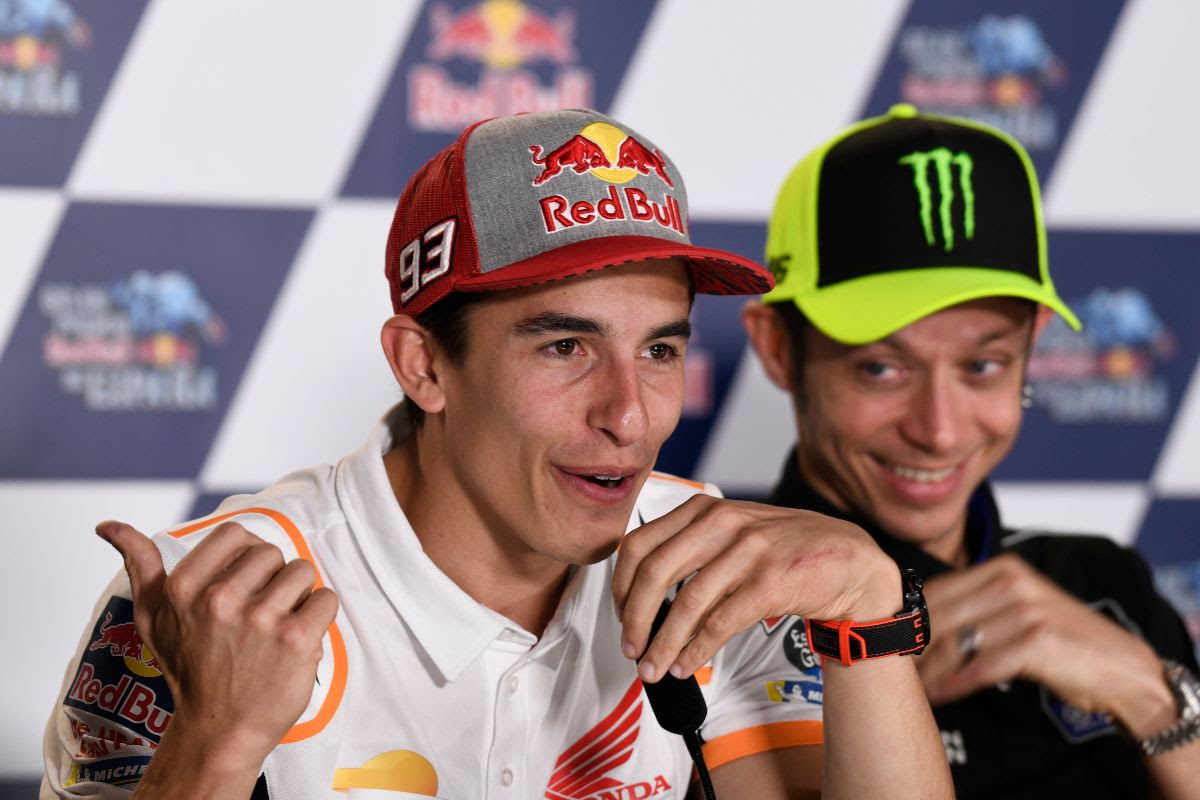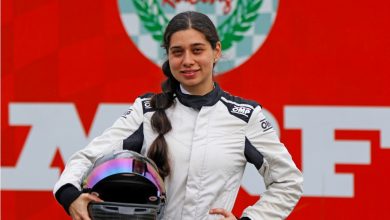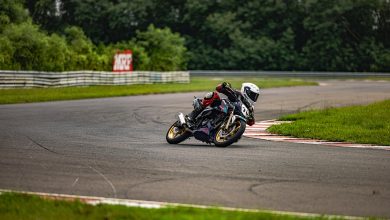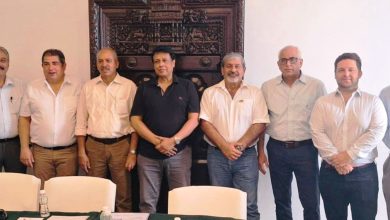From Isle of man to Kari Motor Speedway: Adrien Sellers reminsces
Royal Enfield on a nastalgic journey

Bengaluru/Leicester, 30 Nov 2021: Royal Enfield is a big bike. Big enough to look like a hero or heroine when riding one. It has its advantages on the roads and is considered the King of Indian roads. A craze with the youth, and more and more girls are riding the ‘Bullets’ now. One look at the Bullet clubs or a leisurely walk on the highways early morning on any Saturday or Sunday, one cannot miss the many thundering dud-duds of these Big Brothers. Whether it is the India Bulls, the IndiaBullRiders and the Bulleteers, or the Bikernis. Whether it is Bengaluru, Chennai, or Pune, one cannot miss the thrill of bullets vrooming past in formations and groups… or alone. All by themselves.
Royal Enfield at the Isle of Man! A nostalgic YouTube!
Royal Enfield is an Indian multinational motorcycle manufacturing company and the oldest global motorcycle in continuous production. The Indian headquarters is in Chennai where there is also a manufacturing plant. On numerous visits to the MMSC race track from Bengaluru over the years, this writer has encountered umpteen bikers of various makes at the roadside tea shops on the outskirts of Garden City, which hosts the oldest Riders club, the India Bull Riders. But Bullets stand out!
Coming back, Royal Enfield in partnership with JK Tyre has introduced the Continental GT Cup in India in 2021 and the 18 riders will take their machines onto the track at the Kari Motor Speedway once again for the second round this weekend in Coimbatore conducted along with the Formula car races of JK National Racing Championship. Hubbali’s Anish Shetty is leading the table after the first round.
Indian Motorsports website, INDIAinF1.com had the pleasure of interacting today with Adrian Seles of Royal Enfield from Leicester in England along with Vaibhav, who has conducted the selection trials and is looking after the Indian GT races.
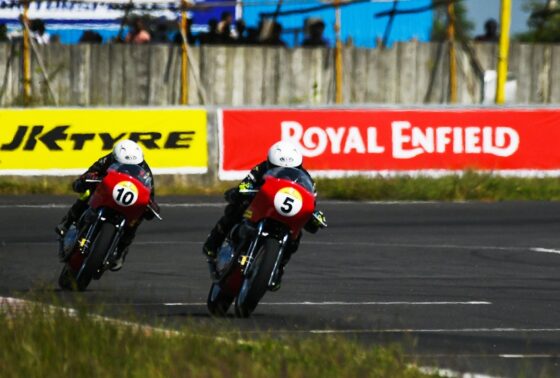
Excerpts from the interview:
Question: Can you briefly take us through the selection and elimination process for the shortlisted riders?
Vaibhav: We had an overwhelming response for the selection trials and we had actually followed an elimination process to select the top-18 fastest riders. We had a series of trials in Coimbatore for over two days. We had both newcomers who had an experience just on Royal Enfield bikes on the road and those who were already into road racing. But next year we are planning to have two separate sections. One for the Juniors and one for professionals.
Q: How is Continental GT Cup different from other One Make Championships?
Adrian: To make them the absolute best they could be. To allow the riders to ride as best they can.
Vaibhav: In fact, David, in addition to that, if you look at the racing scene for two-wheelers in India, we have the manufacturers who have one-make championships and all have single-cylinder screens. They have motorcycles for 150 to 250 cc, maybe 310 now, but nobody has a one-make championship with the twin-cylinder 650cc era so that also sets us apart.
Q: What Modifications were done to Continental Gt Cup to make it race-ready?
Adrian: Not that many. We just adjusted and tuned it to make it a bit better in the more extreme condition in the track race. Things like optimising springs both front and rear, padding rear sets, changing the exhaust, and tuning the ECU, these things that don’t change the fundamental structure and composition of the motorcycle but at the same time make it the best version of itself that it can be. Obviously going around the track is a very different set of conditions than riding on the road and this stock continental GT is designed to ride on the road. It is designed to take the entire pothole and the speed humps, and dodger on traffic, and so on. Whereas on the track it is a more consistent and reliable surface, your speed is a lot higher, and so on. So, we’ve taken those considerations that we put into a road bike and put it back into the bike for tuning it for track use. Another edition that of course includes is the faring which is a fairly obvious observation but for the visual aspect, we’ve done well also for the rider, allowing them to achieve the speed.
Q: Usually Bullets are heavy, I first learned my riding on a Bullet but they are more into off-roading now. We get lots of news on Bullet through Bullet rider clubs like one we have in Bengaluru and one in Delhi but racing with a bullet is a new thing in India. For the last few years, whether it is a rally championship or sprint or the Bullet class itself. That is here to stay. So maybe you could tell a bit about how bullets raced around the world in different championships.
Adrian: Historically, Royal Enfield has raced in various championships since the company started. We’ve been participating in these sorts of things. In Track racing, we’ve obviously got only one who has been around for a very long time. He made a mark on the racing scene in India. We have winners of various trophies from around the world. The important thing for us in the modern new Royal Enfield days over the past 10-15 years is re-entering those competitions showing the kids over the motorcycles that irrespective of whichever model it is we’ve entered the competitive platform with our team alliance for example. We’ve also now of course run the GT Cup. We also entered flat track racing in the US and in the UK. We’ve had to go out and race our motorcycle in pretty much every geography. Interestingly enough, retro racing as a thing is becoming increasingly popular everywhere. The expanse of and quite frankly scary running a proper sport bike, a big old cylinder sports bike or whatever sports bike, is prohibited to most people and so when you look at our motorcycles, the actual cost of running it is very low, continental is very low, tire-wear is a lot less and so it is a lot easier for people to engage with this super fun activity so that’s where we get a lot of excitement out of it not just that aspect of top tear competition that you’re entering in as well but in making it extremely accessible for people to get into these racing activities.
I was at the EICMA show in Italy where we were talking with some of our French owners and they get out and race regularly, largely unmodified, just here and there but they go out on them all the time. These are the guys that used to formerly go out on the Japanese super sports bike. You feel it’s still necessary. They have way more fun on their GTs than on the more powerful motorcycles because they can get the absolute most out of the bike while still having their proper big-bike experience. Many of the accessible racing around the world is on smaller bikes which is fun of course but after a point, you look for a bigger bike experience and that’s what we can offer.
Q: Tell us a little bit about how the research done on this championship happening in Coimbatore was transferred back onto the road bikes?
Vaibhav: As of now, it’s very nascent, we have only done two rounds. In technical terms, there are meager changes made in the Stock GT like suspension has been made only stiffer, the rubber on the race tyre is soft compound and the exhaust has been changed. The intention was to show that this bike is already so good and capable in its own ways like Adrian said, people are already taking the stock bike to track. Yes, we have made some changes to the bike as we are not doing track days on this bike, we are actually racing with a grid of 18 youngsters riders who are doing an entire championship and competing for points.
Adrian: A lot of the people who were involved with the modifications to the GT Cup bike were tuned in to develop our stock motorcycle whether it’s suspension or electronic, it’s the same crew.
Q: What are the things we expect from the next edition?
- Want to add a new category to the GT Cup to enable more amateur participation, something like the junior and senior category
- We are still working on the same, and we’ll plan to this
- This is the first time we are doing this and very beginning of our story
- One of the reasons we were thinking this as we want to add more grids and categories to give more people an opportunity to race on the GT R650
Q: This year you came up with 18 bikes or more?
We have to have spare bikes to run a grid of 18 bikes but we try and utilise the same 18 bikes for every race so that everybody has an equal blend field. The idea is to minimise the use of the spares purely because all our 18 bikes are being used equally from the open practice of Round 1. Every rider has been allocated one motorcycle that he/she will use for the rest of the championship. But we do have spare bikes
Question: For service, do you have any team?
We have associates that have been chosen by the team who are helping us.
We make sure there is always technical support for all the racers with all the pieces of equipment required, providing them with professional race experience.
David: Thank you for taking time off from your busy schedule. Nice talking to you.
